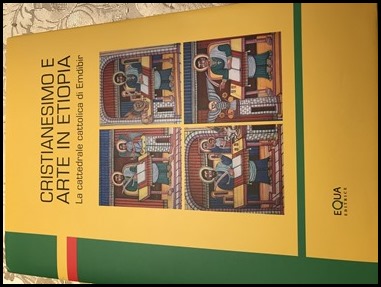Hello and welcome!
Last Thursday was a particularly full day, beginning in the morning with a visit by Capuchin Bishop Musie Ghebreghiorghis of Emdeber, Ethiopia. He had visited about 10 years ago, so we were happy to welcome him back to Boston. 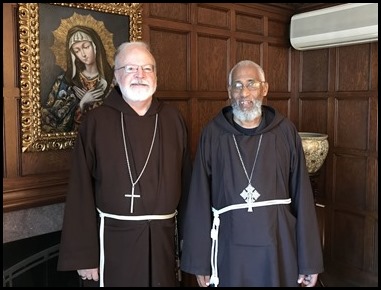
He was in town to visit the Ethiopian community at the cathedral. For several years now, we have had a Mass for the Ethiopian and Eritrean Catholics who belong to an Eastern rite of the Catholic Church called the Ge’ez Rite. He celebrated the Mass and had confirmations for them on Sunday.
The Capuchin Friars have been very active in Ethiopia for many decades, so a number of our parishioners have relatives who are Capuchins, and some of them are even from the diocese of Emdeber.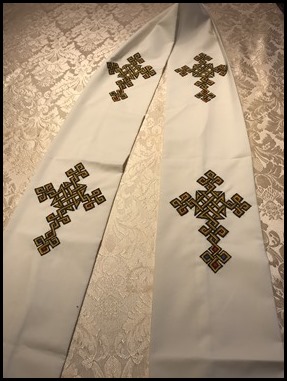
During his visit, he presented me the gift of a stole and a book on the traditional art of the Catholic Church in Ethiopia.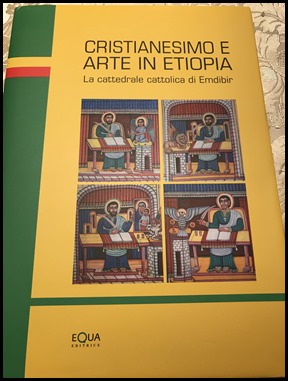
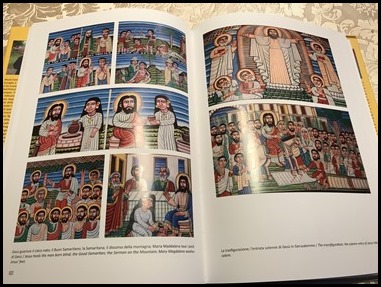
Also, last week we were happy to host Msgr. Laurence Spiteri as our guest at the cathedral.
Msgr. Spiteri is a priest of the Archdiocese of Los Angeles and is the official in charge of the legal office of the Vatican Library. Regular readers will remember that a couple of years ago he very graciously arranged a tour of the library for me and a number of priests from Boston.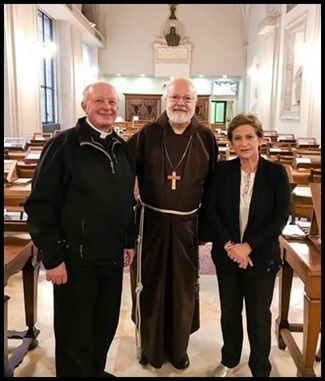
With Msgr. Spiteri and Dr. Luigina Orlandi at the Vatican Library in 2017
He has been involved in a number of very important initiatives at the Vatican Library, including the work to put many thousands of manuscripts online and making the library’s resources more accessible to scholars.
He was passing through Boston on his way back to Rome, so we were happy to host him in Boston and show him the renovated cathedral.
Then, after lunch, I met with members of the leadership of the Neocatechumenal Way at St. Patrick Parish in Lowell.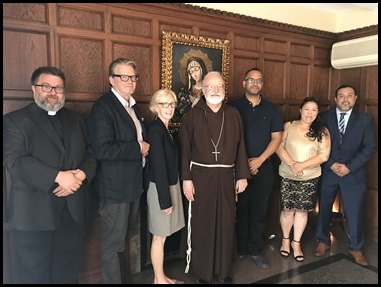
They had recently completed one of the stages of their itinerary of adult formation, known as the Second Scrutiny, and they came to share their experiences with me and to speak with me about their desire to make a contribution to support the poor and the needy of the archdiocese.
I was very happy to meet with them and hear about how their participation in the Neocatechumenal Way has touched their lives.
In the evening, we were very happy to host le Choeur d’Enfants d’Île-de-France (The Children’s Choir of Greater Paris) for a concert at the cathedral. 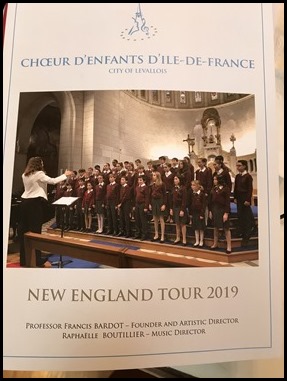
They were concluding a three-week tour in the United States, and we were so pleased that they could include the Cathedral of the Holy Cross as one of their stops.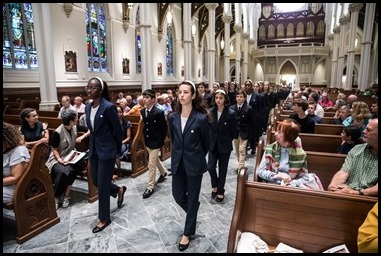
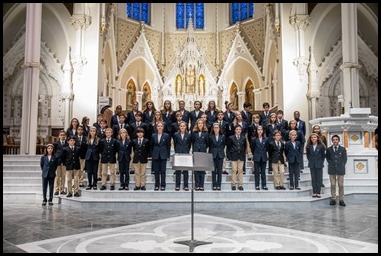
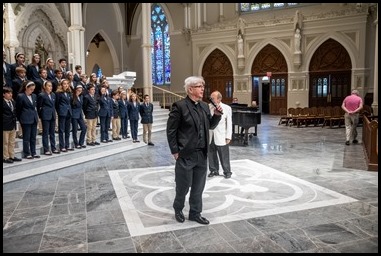
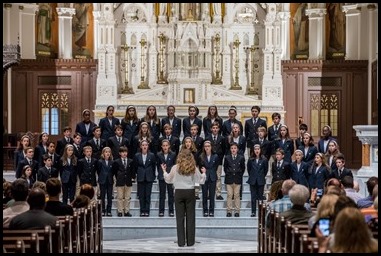
The people of the cathedral were so gratified to have this choir there for the first concert of musica sacra that we have had in the cathedral since its renovation. It was very well attended — and, of course, these types of summer concerts are far more enjoyable now that the cathedral has air conditioning!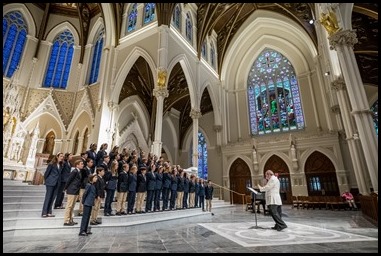
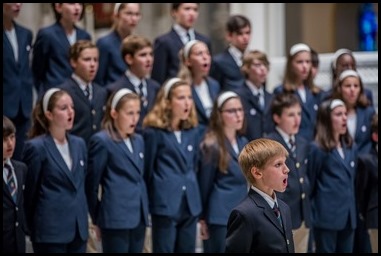
I know the cathedral parishioners and others who were in attendance were uplifted by the wonderful performance of these French youth.
That night, I went to Our Lady of the Assumption Parish in East Boston to celebrate a liturgy for another group of members of the Neocatechumenal Way who were completing the stage I mentioned earlier, the Second Scrutiny.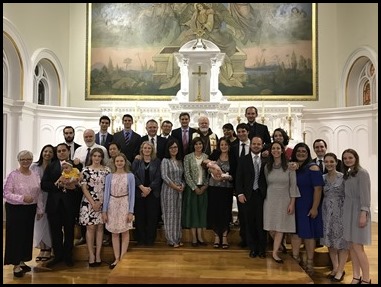
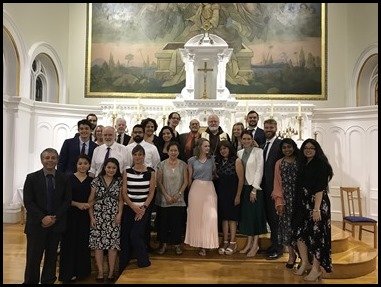
The Neocatechumenate is a years-long itinerary of adult formation, which proceeds in various stages, known as “steps,” each with a particular focus on an aspect of Christian life. Some of the major stages conclude with a liturgy that emphasizes the particular theme of that stage.
The stage of the Second Scrutiny is very much focused on seeking happiness in God rather than in temporal pleasures. So, the concluding liturgy recalls the traditional rites of baptism, particularly the renunciation of Satan and the blessing of the salt, and also includes a reflection on the radical choice to seek God over pleasures of the world.
Friday, after learning of the death of Cardinal Jaime Ortega of Havana, I very quickly made arrangements to travel to Cuba for his funeral.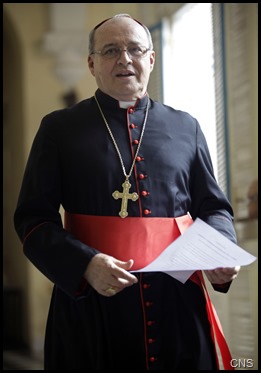
Cardinal Ortega had been a friend of mine for 40 years. I was the visitator of his seminaries and, at one point, had spent a great deal of time in Cuba working with him.
So, I was happy that, on very short notice, I was able to attend his funeral along with Archbishop Thomas Wenski of Miami and Archbishop Roberto Gonzales of Puerto Rico. I was also very pleased that Mario Paredes, a lifelong friend of Cardinal Ortega, was able to be with us.
While in Havana, we stayed at the Casa Sacerdotal, which formerly had been a convent for cloistered Dominican Sisters that Cardinal Ortega had turned into a residence for priests. It is a beautiful facility with an interior patio that occupies an entire block in Havana.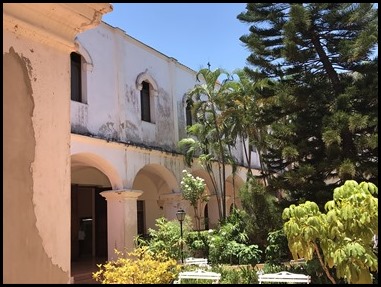
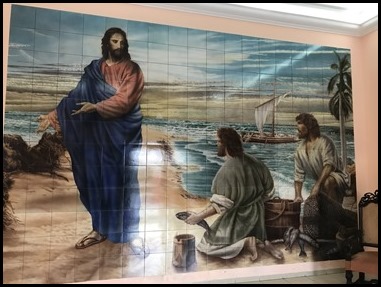
Particularly in the days after the Cuban Revolution, he wanted to have a place for priests to come where there would be food and where they would be safe. While they still have a section there where priests can come for retreats or their days off, as the situation has improved for the Church in Cuba, it is now being used as a retreat center. It is probably the largest facility the Church has in Cuba and is used for many important functions such as meetings of their bishops’ conference.
Cardinal Ortega’s funeral was on Sunday, and the Cathedral of Havana was packed with people. Among them were representatives from the government, including First Vice President Salvador Mesa and the woman in charge of religious affairs for the Communist Party, Dr. Caridad Diego. And, although they were not present, there was a large wreath sent by the Cuban president, as well as one by Raul Castro himself.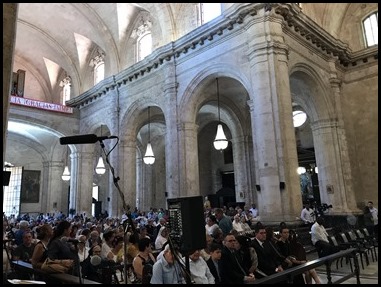
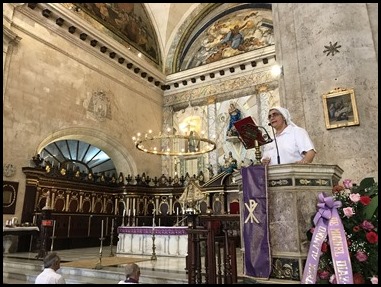
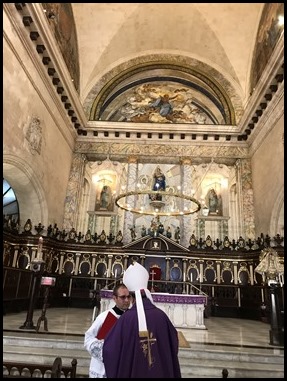
The Archbishop of Havana Juan Garcia Rodriguez, who assumed the archbishopric when Cardinal Ortega retired three years ago, gave a beautiful homily.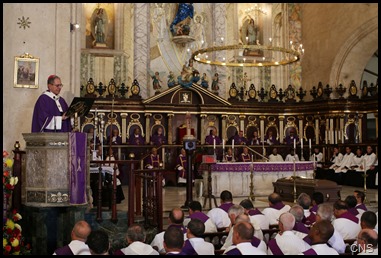
They had an extraordinary choir. Cardinal Ortega was himself a great musician and always made sure that the cathedral had excellent liturgical music, which was certainly showcased at his funeral.
At one point, they opened the Book of Gospels over the cardinal’s head, which is a practice I like to see at a bishop’s funeral because during the consecration of a bishop the Book of Gospels is held open over his head.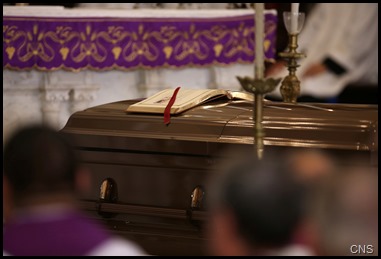
Then, at the end of the Mass was something I had never seen before — they had the bishops carry the casket to the door of the church, which was met with great applause by the people. (I didn’t know whether they were applauding Cardinal Ortega or that the bishops were able to carry out this feat!)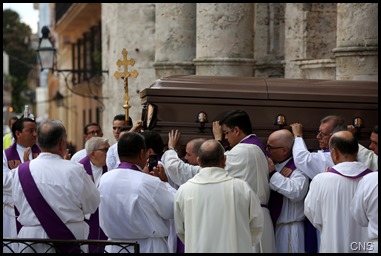
When they got to the door, priests took the casket, hoisted it onto their shoulders, and brought it to the hearse, which was taken then to the gates of the Colon Cemetery, the great cemetery of Havana. It was my first time seeing it, but it certainly was monumental with all its magnificent mausoleums, statuary and tombs.
Colon Cemetery was, of course, once a Catholic cemetery, so over the gates are statues representing the three theological virtues of faith, hope and charity and in the center of it is a magnificent chapel. Behind that chapel is where the bishops of Havana are buried.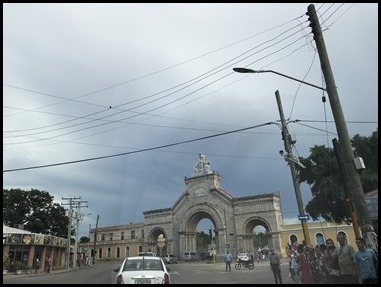
The gates of the cemetery
When they got to the gates of the cemetery, once again the priests carried the casket on their shoulders first to the chapel, where the prayers were said, and then to the place of entombment.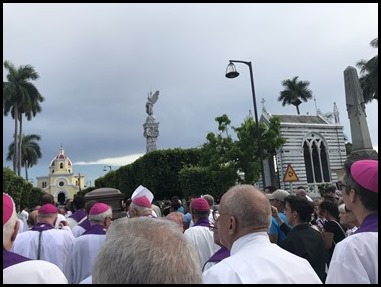
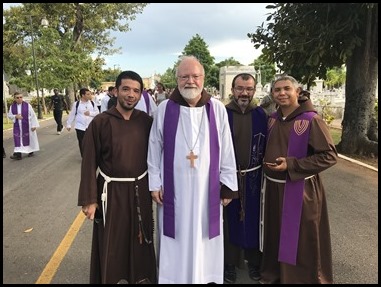
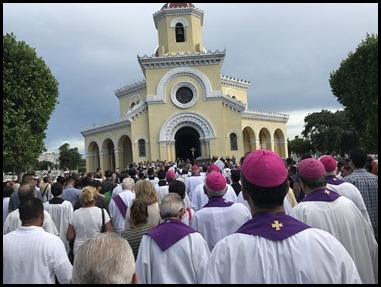
It was very meaningful to me to be there because Cardinal Ortega had spoken to me so many times about that chapel in the cemetery. I remember particularly during my first trip to Cuba, when persecution was so strong against the Church and anyone under 70 years of age was told not to go to Mass, Cardinal Ortega told me how he made great use of it.
He would make sure there was always a very good preacher there so that whoever took a relative to be buried would be able to encounter a priest who would pray with them and preach to them. For many of them, it was their only contact with the Church.
In fact, very often, Cardinal Ortega would go himself to that chapel, to be there just waiting to see who would come to the cemetery so that he could accompany them in their moment of loss, proclaim the Good News to them and pray with them. Although the Church was not able to carry on any external ministry, this was one thing that was tolerated by the government. So he gave great importance to that ministry.
Finally, each year, around the Feast of St. John Vianney, the patron saint of priests, we hold a cookout for the priests in the archdiocese. It has traditionally been held at either St. John’s Seminary or Pope St. John XXIII Seminary, and this year we were very happy that Father Brian Kiely and the community at Pope St. John Seminary were able to host us once again.
As always, we began with Vespers and benediction, followed by our cookout together.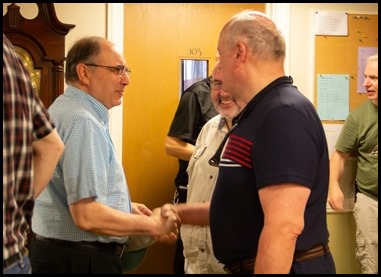
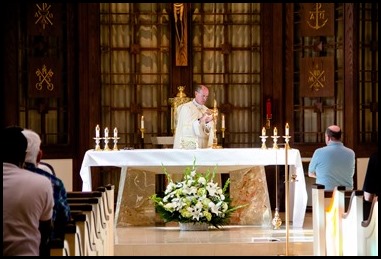
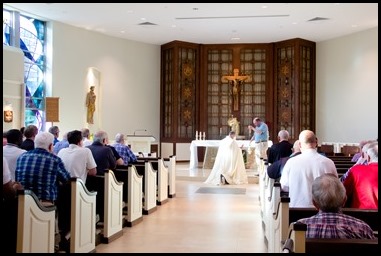
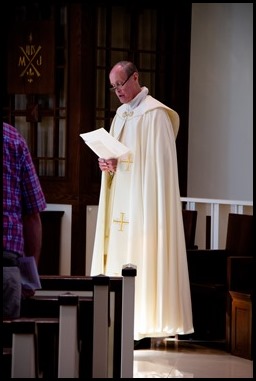
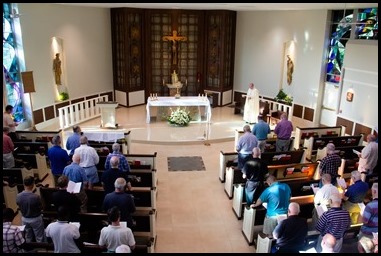
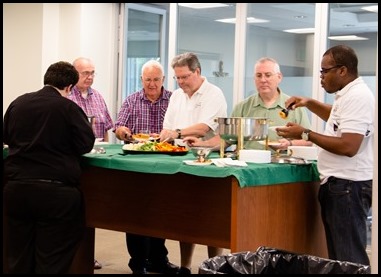
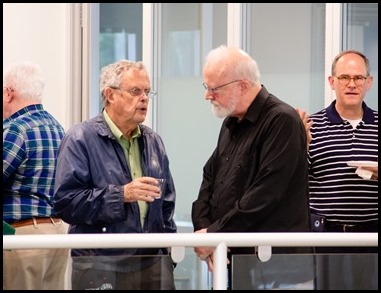
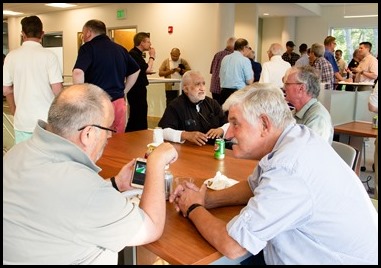

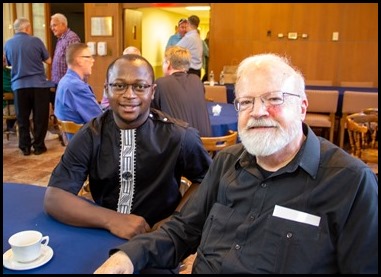
It is always a wonderful time for the priests to be together over the summer, and I know everyone looks forward to it.
Until next week,
Cardinal Seán

